The Bright Future of Urban Forestry: Cutting-Edge Innovations in Green Infrastructure
- May 16, 2024
- 0 comment
Explore the bright future of urban forestry and its innovative green solutions that promise sustainable, vibrant city landscapes. As cities continue to expand, the integration of green infrastructure within urban planning is becoming not just a trend, but a necessity. This exploration delves into how modern technology and innovative practices are revolutionizing urban landscapes.
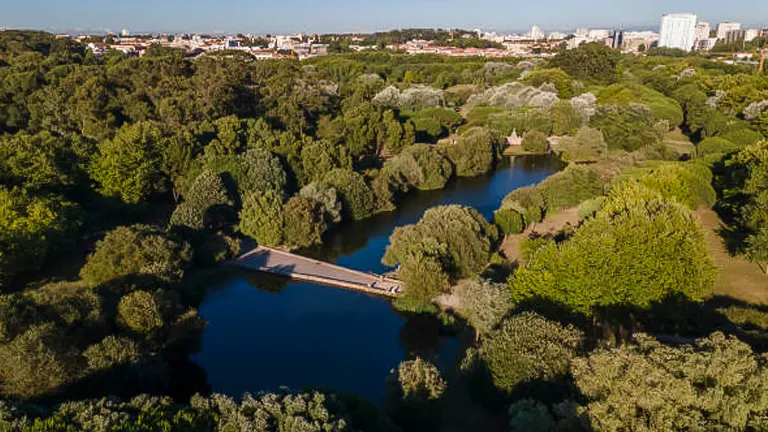
We examine how these green solutions are enhancing the quality of life in urban areas, ensuring environmental sustainability, and redefining the aesthetics of our cityscapes for a brighter, greener future.
Table of Contents
- The Evolution of Urban Forestry
- Current Innovations in Urban Forestry
- Successful Urban Forestry Projects
- Challenges and Considerations in Urban Forestry
- The Future of Urban Forestry
- Conclusion
- FAQs
The Evolution of Urban Forestry
Historical Context

The concept of urban forestry has evolved significantly over the decades. Initially focused on beautifying cities through parks and street trees, the field has grown to encompass a broader vision of ecological and social functions. Today, urban forestry is about creating a sustainable habitat for urban residents, enhancing biodiversity, and improving environmental quality.
19th Century Beginnings:
- Focus: The primary focus was on beautifying cities and creating recreational spaces.
- Iconic Projects: This era saw the creation of iconic urban parks such as Central Park in New York City, designed by Frederick Law Olmsted. These parks provided green spaces for recreation and served as natural havens amidst growing industrialization.
- Additional Examples: Other notable projects include Boston’s Emerald Necklace and San Francisco’s Golden Gate Park, both designed to provide urban dwellers with accessible natural areas.
Mid-20th Century Developments:
- Expanded Focus: By the mid-20th century, urban forestry expanded to include public health and environmental benefits.
- Public Health: Cities began to recognize the importance of trees in improving air quality, providing shade, and reducing urban heat islands.
- Programs Established: Programs were established to systematically plant and maintain street trees and urban parks. Notable initiatives include the Street Tree Planting Program in Los Angeles and Toronto’s Ravine Strategy.
- Environmental Benefits: The emphasis was on mitigating air pollution and enhancing the overall urban environment.
Late 20th Century to Present:
- Paradigm Shift: The late 20th century marked a significant shift as urban forestry started to embrace ecological functions.
- Broadening Focus: The focus broadened to include stormwater management, habitat creation, and biodiversity enhancement.
- Critical Components: Urban forests were no longer seen merely as aesthetic elements but as critical components of urban ecosystems.
- Notable Initiatives: Examples include Chicago’s Green Alley Program, which integrates permeable pavements and vegetation to manage stormwater, and London’s Tree Planting Project, aimed at increasing the urban tree canopy.
The Shift Towards Sustainability
In recent years, urban forestry has transformed in response to pressing environmental challenges like climate change, air pollution, and biodiversity loss. Modern urban forestry adopts a holistic approach, integrating diverse plant species, eco-friendly materials, and innovative designs to create multifunctional green spaces.
Plant Species Diversity:
- Emphasis on Native Species: Modern urban forestry emphasizes the use of native and climate-resilient species.
- Resilience: This diversity helps urban forests resist pests, diseases, and extreme weather events, contributing to ecosystem stability.
- Case Study: In New York City’s MillionTreesNYC initiative, over 220 different species were planted to ensure resilience and ecological balance.
- Additional Example: In Melbourne’s Urban Forest Strategy, over 70,000 trees were planted between 2011 and 2021, focusing on a diverse mix of species to enhance biodiversity and resilience.
Eco-friendly Materials:
- Biochar: Sustainable materials are increasingly used in urban forestry projects. Biochar, a form of charcoal produced from organic waste, enhances soil fertility and sequesters carbon.
- Benefits: It improves soil structure, water retention, and nutrient availability, promoting healthier and more resilient urban forests.
- Additional Materials: Other eco-friendly materials include recycled concrete for tree pits and permeable pavements made from recycled plastics.
Innovative Designs:
- Green Roofs: Contemporary urban forestry integrates advanced designs such as green roofs. Green roofs can reduce building energy use by providing insulation and managing stormwater runoff.
- Living Walls: Living walls not only enhance aesthetics but also improve air quality and provide habitat for urban wildlife.
- Urban Wetlands: Urban wetlands are created to manage stormwater, enhance biodiversity, and provide recreational spaces.
Benefits of Modern Urban Forestry Practices
| Aspect | Traditional Urban Forestry | Modern Urban Forestry | Scientific Analysis |
|---|---|---|---|
| Primary Focus | Aesthetic enhancement | Ecological and social functions | Improved biodiversity, environmental quality, and resilience |
| Plant Species | Limited diversity, often non-native | Diverse, native, and climate-resilient species | Enhances biodiversity, reduces pest/disease vulnerability |
| Materials Used | Conventional, often non-sustainable | Eco-friendly and recycled materials | Biochar enhances soil fertility and sequesters carbon |
| Designs | Basic parks and street trees | Innovative designs (green roofs, living walls) | Green roofs reduce urban heat islands and manage stormwater |
| Temperature Reduction | Limited cooling effects | Significant cooling, up to 9°F (5°C) | Reduced urban heat, decreased air conditioning needs by 30% |
| Carbon Sequestration | Minimal impact | High impact, mature tree absorbs 48 lbs (21.8 kg) CO2 annually | Contributes to climate change mitigation |
| Stormwater Management | Basic management | Advanced techniques (urban wetlands, bio-swales) | Reduces stormwater runoff by up to 25%, improves water quality |
Current Innovations in Urban Forestry
Smart Technology and Data Analysis
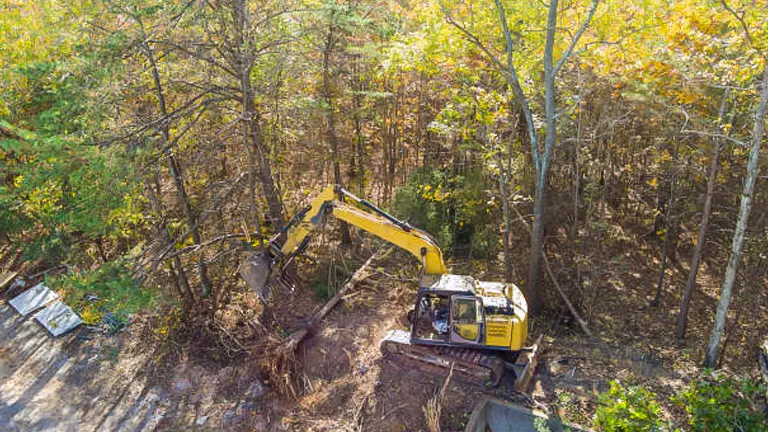
The use of smart technologies is revolutionizing urban forestry. Internet of Things (IoT) devices, for instance, are increasingly deployed in urban greenspaces to collect data on tree growth, soil conditions, and environmental impact. This data helps urban planners make informed decisions about maintenance and development of green spaces. Additionally, artificial intelligence (AI) and machine learning are being utilized to predict urban forestry outcomes, enhancing the efficiency of resource allocation and conservation efforts.
Green Infrastructure Components
Urban forestry today includes a variety of green infrastructure components that contribute significantly to the ecological and aesthetic value of urban environments:
- Green Roofs: These structures are covered with vegetation, reducing building energy use, managing stormwater, and improving air quality.
- Green Walls: Also known as living walls, they not only enhance a building’s appearance but also contribute to thermal regulation and air purification.
- Permeable Pavements: Designed to allow the movement of water through the surface, these pavements reduce runoff and increase water quality by filtering pollutants.
Water Management Innovations
Sustainable water management is a cornerstone of contemporary urban forestry. Techniques such as rain gardens and bio-swales are integral to managing stormwater sustainably. These methods not only mitigate urban flooding but also enhance water quality and provide habitat for urban wildlife.
Successful Urban Forestry Projects
Singapore: A Model of Urban Greening
Singapore, often referred to as the “Garden City,” exemplifies urban forestry done right. The city-state’s comprehensive approach integrates green roofs, vertical gardens, and lush public parks. One notable project is the Gardens by the Bay, which features the iconic Supertree Grove. These tree-like structures are fitted with environmental technologies that mimic the ecological function of trees, such as photovoltaic cells that harvest solar energy.
New York City: High Line Park
Once an abandoned railway track, the High Line is now a celebrated linear park in Manhattan, demonstrating the potential of repurposing industrial infrastructures for green space. This project has not only transformed an urban eyesore but has also spurred significant economic regeneration in the surrounding areas through increased tourism and rising property values.
Melbourne: Urban Forest Strategy
Melbourne’s Urban Forest Strategy aims to increase its tree canopy cover from 22% to 40% by 2040. The city focuses on planting resilient tree species to combat the heat island effect and improve air quality. This strategy is complemented by community engagement initiatives that encourage residents to participate in the greening process, ensuring widespread support and sustainability.
Benefits Observed
- Environmental: Enhanced biodiversity, improved air and water quality, and increased greenery contribute to ecological stability and climate change mitigation.
- Economic: Green spaces increase property values, attract tourism, and reduce healthcare costs by promoting physical activity and reducing stress.
- Social: Urban forests and green spaces provide communal areas for recreation and socializing, improving overall community well-being and fostering a sense of pride among residents.
Challenges and Considerations in Urban Forestry
Funding and Resource Allocation
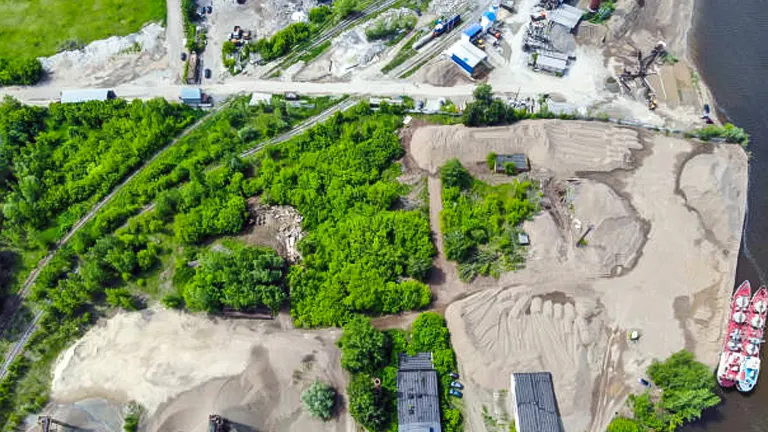
Securing sufficient funding is one of the primary challenges in implementing urban forestry projects. Urban green spaces, while beneficial in the long run, require significant initial investment and ongoing maintenance costs. Cities often struggle with allocating budgets, especially in regions facing economic constraints.
Funding Sources:
- Government Grants: Many urban forestry projects rely on government grants and subsidies, which can be unpredictable and subject to political changes.
- Public-Private Partnerships: Collaborations between municipalities and private companies can provide necessary funding and resources. For example, the New York Restoration Project partners with corporations to fund urban green spaces.
- Non-Profit Organizations: NGOs often play a crucial role in funding and supporting urban forestry projects through donations and volunteer programs.
Cost Analysis:
- Initial Costs: Planting trees and establishing green infrastructure can cost between $300 to $500 per tree, including labor, materials, and initial maintenance.
- Ongoing Maintenance: Annual maintenance costs for urban trees can range from $10 to $25 per tree, covering pruning, watering, and pest management.
Public Awareness and Community Engagement
Public support is crucial for the success of urban forestry initiatives. However, raising awareness and encouraging active participation can be challenging. Urban residents need to be educated about the benefits of urban forestry and motivated to contribute to sustainability efforts.
Strategies for Engagement:
- Educational Campaigns: Hosting workshops, school programs, and community events can help educate the public about the benefits of urban forestry.
- Volunteer Programs: Initiatives like tree planting days and urban gardening projects can engage community members and foster a sense of ownership.
- Social Media and Technology: Using social media platforms and apps to share information and coordinate community activities can enhance engagement. Apps like TreeMap allow citizens to report tree health issues and participate in urban forestry projects.
Maintenance and Sustainability
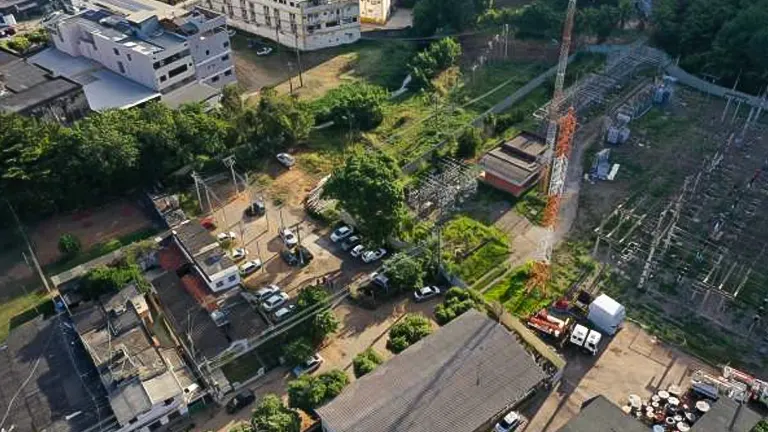
Maintaining urban green spaces is as crucial as their initial development. Challenges include managing the health of plant life, ensuring the functionality of green infrastructure, and adapting to climatic changes. Continuous scientific research, technological upgrades, and skilled labor are required to address these challenges.
Maintenance Strategies:
- Integrated Pest Management (IPM): Utilizing IPM techniques can help manage pests in an environmentally friendly way, reducing the need for chemical pesticides.
- Adaptive Management: This involves regularly monitoring and adjusting management practices based on new scientific data and environmental conditions.
- Technology Integration: Using smart irrigation systems, drone monitoring, and soil sensors can optimize maintenance practices, ensuring the health and sustainability of urban forests.
Scientific Data:
- Tree Health Monitoring: Studies show that using remote sensing technology, such as LiDAR and satellite imagery, can increase the efficiency of monitoring urban forests by up to 40%.
- Water Usage: Smart irrigation systems can reduce water usage by 30% while maintaining tree health, addressing water scarcity issues in urban areas.
Key Challenges and Solutions in Urban Forestry
| Challenge | Description | Solutions | Scientific Analysis |
|---|---|---|---|
| Funding | Securing initial and ongoing funds | Government grants, public-private partnerships, NGO support | Initial costs: $300-$500 per tree; maintenance: $10-$25 per tree/year |
| Public Awareness | Educating and engaging the community | Educational campaigns, volunteer programs, social media | MillionTreesNYC engaged 200,000+ volunteers |
| Maintenance | Ensuring health and functionality of green spaces | IPM, adaptive management, technology integration | Remote sensing increases monitoring efficiency by 40%; smart irrigation reduces water usage by 30% |
| Climate Adaptation | Adapting to changing climatic conditions | Planting resilient species, continuous research, flexible strategies | Use of native species improves resilience to pests and diseases |
The Future of Urban Forestry
Embracing Technological Innovations
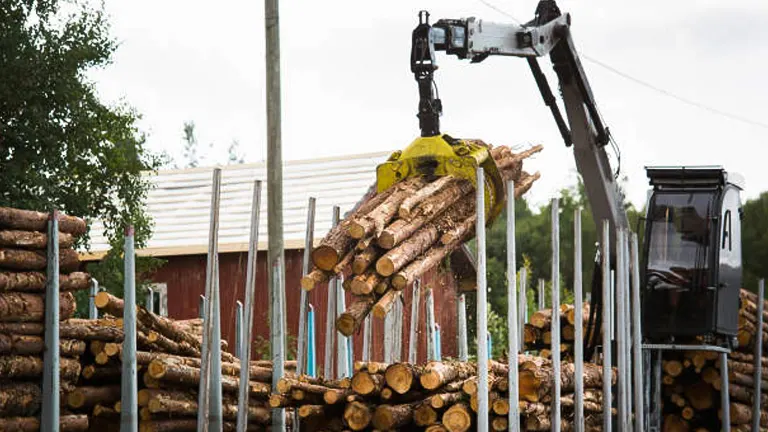
The future of urban forestry lies in embracing and integrating more advanced technologies. IoT, AI, and remote sensing will play larger roles in monitoring and managing urban green spaces efficiently. These technologies can help predict environmental impacts, optimize maintenance workflows, and enhance species selection processes.
Policy Development and Urban Planning
Progress in urban forestry will also depend on supportive policies and thoughtful urban planning. Governments and city planners must prioritize green spaces in urban development plans and create incentives for incorporating green infrastructure in private developments.
Community-Centric Approaches
Finally, the future of urban forestry will increasingly rely on community-centric approaches. Engaging communities not only helps in the maintenance of green spaces but also ensures that urban forestry projects are more aligned with the needs and values of local residents.
Related Post
- How to Build a Barn: A Step-by-Step Guide for Beginners
- How to Build a Sustainable Compost Bin: Easy and Eco-Friendly DIY
- How to Fertilize Bougainvillea: A Complete Guide for Stunning Blooms
- How to Fertilize Apple Trees: Essential Tips for a Bountiful Harvest
- How to Fertilize Lemon Trees: Secrets for Thriving Citrus
- How to Fertilize Avocado Tree: A Step-by-Step Guide for Lush Growth
- 10 Best Bow Saws to Buy in 2024: Top Picks for the Money
- Best Miter Saw For Beginners
- Top 10 Pruning Saws to Buy in 2024: Best for the Money
- 7 Best Pocket Chainsaw
Conclusion
The bright future of urban forestry is evident through its capacity to transform urban environments into sustainable, healthy, and enjoyable spaces. While challenges persist, the continuous advancements in technology and community involvement hold the key to overcoming these obstacles. By fostering an inclusive approach to urban greenery, cities can ensure that urban forestry remains a central part of their growth and sustainability strategies.
FAQs
- What innovative materials are used in green infrastructure that help urban forestry efforts?
Innovations such as biochar, a charcoal-like substance, are being incorporated into soil mixtures to enhance water retention and nutrient absorption, improving urban tree health and growth. Lightweight, engineered soils are also used on green roofs to support vegetation without overburdening building structures. - How do smart sensors specifically benefit urban trees?
Smart sensors can monitor soil moisture, temperature, and nutrient levels in real-time, allowing for precise irrigation and fertilization. This technology helps optimize tree health and longevity by preventing overwatering and nutrient deficiency, which are common in urban settings. - Can urban forestry techniques reduce noise pollution in cities?
Yes, strategically placed trees and shrubs in urban areas can significantly reduce noise pollution. They act as natural sound barriers, absorbing, deflecting, or refracting sound waves, thus making urban environments quieter. - What are some lesser-known benefits of urban forestry?
Beyond environmental and aesthetic values, urban forestry can enhance mental health by providing green spaces for relaxation and recreation. Studies show that regular access to green spaces reduces stress and improves overall well-being. - How does urban forestry contribute to biodiversity in cities?
Urban forestry helps create habitats for various species, promoting biodiversity even in densely populated areas. By planting a variety of native trees and plants, urban forests support local wildlife, including birds, insects, and small mammals. - What is the role of public-private partnerships in advancing urban forestry?
Public-private partnerships can facilitate the funding and implementation of urban forestry projects by combining resources, expertise, and reach. These collaborations often enable larger-scale initiatives that might not be feasible through public funding alone. - How do urban forests impact local microclimates?
Urban forests can cool cities during hot months by shading surfaces and releasing moisture into the air through transpiration. This natural cooling effect reduces the reliance on air conditioning, thereby lowering energy consumption and mitigating urban heat islands. - What are vertical forests, and how do they fit into urban forestry?
Vertical forests are buildings designed with integrated vegetation across their facades. These structures not only increase the green surface area without expanding the city footprint but also improve air quality, reduce building energy usage, and provide new wildlife habitats.
Urban forestry is paving the way for greener, healthier cities. Let’s continue to support and innovate, ensuring a vibrant future for urban environments worldwide.

Charles Hayes
Forestry AuthorI'm Charles Hayes, I bring over 15 years of specialized expertise in landscaping and woodworking, blending artistic design with sustainable environmental stewardship. My career, fueled by a profound passion for the natural world, encompasses extensive education and hands-on experience in creating harmonious, eco-friendly outdoor spaces and responsibly managing forest resources. Recognized for my professional standing, I am committed to continuous learning and certification in cutting-edge practices. My expertise is not only reflected in my work but also in my contributions to community projects, educational workshops, and collaborations with industry leaders. As an authoritative voice in my field, I strive to share knowledge and promote environmentally conscious approaches, making me a trusted resource in landscaping and forestry.

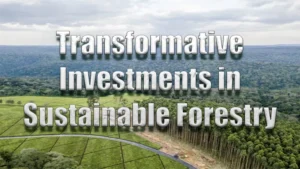
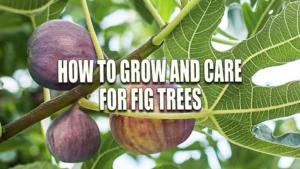

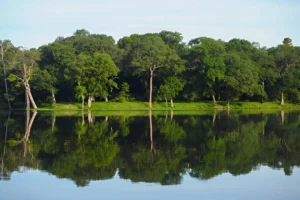
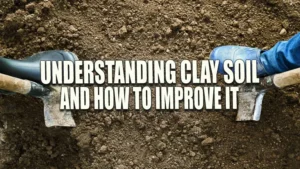




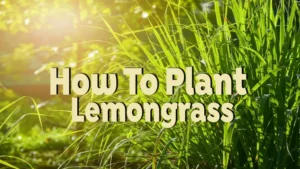
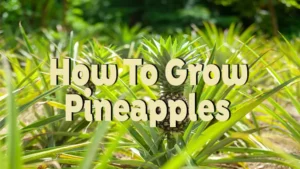

Leave your comment